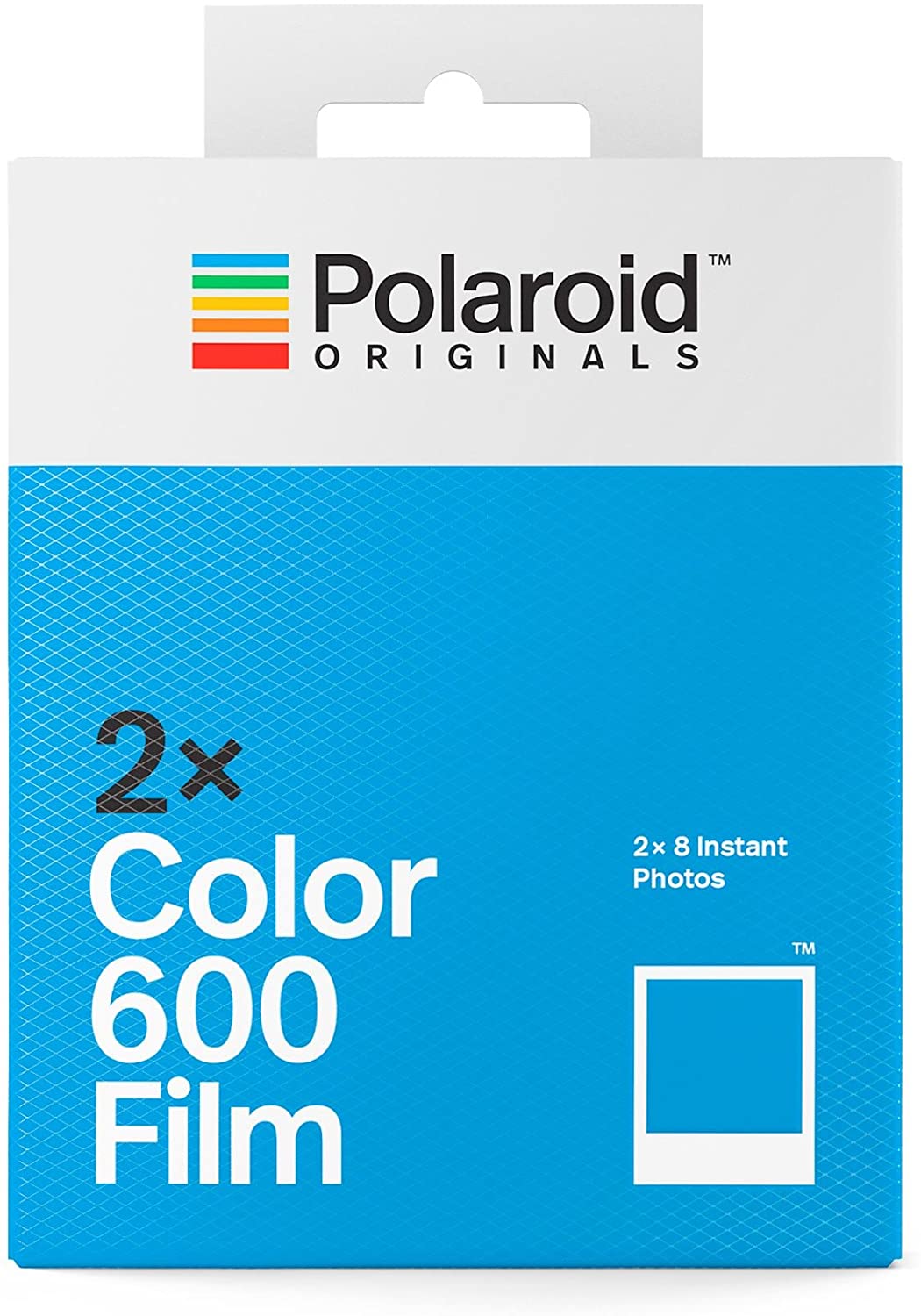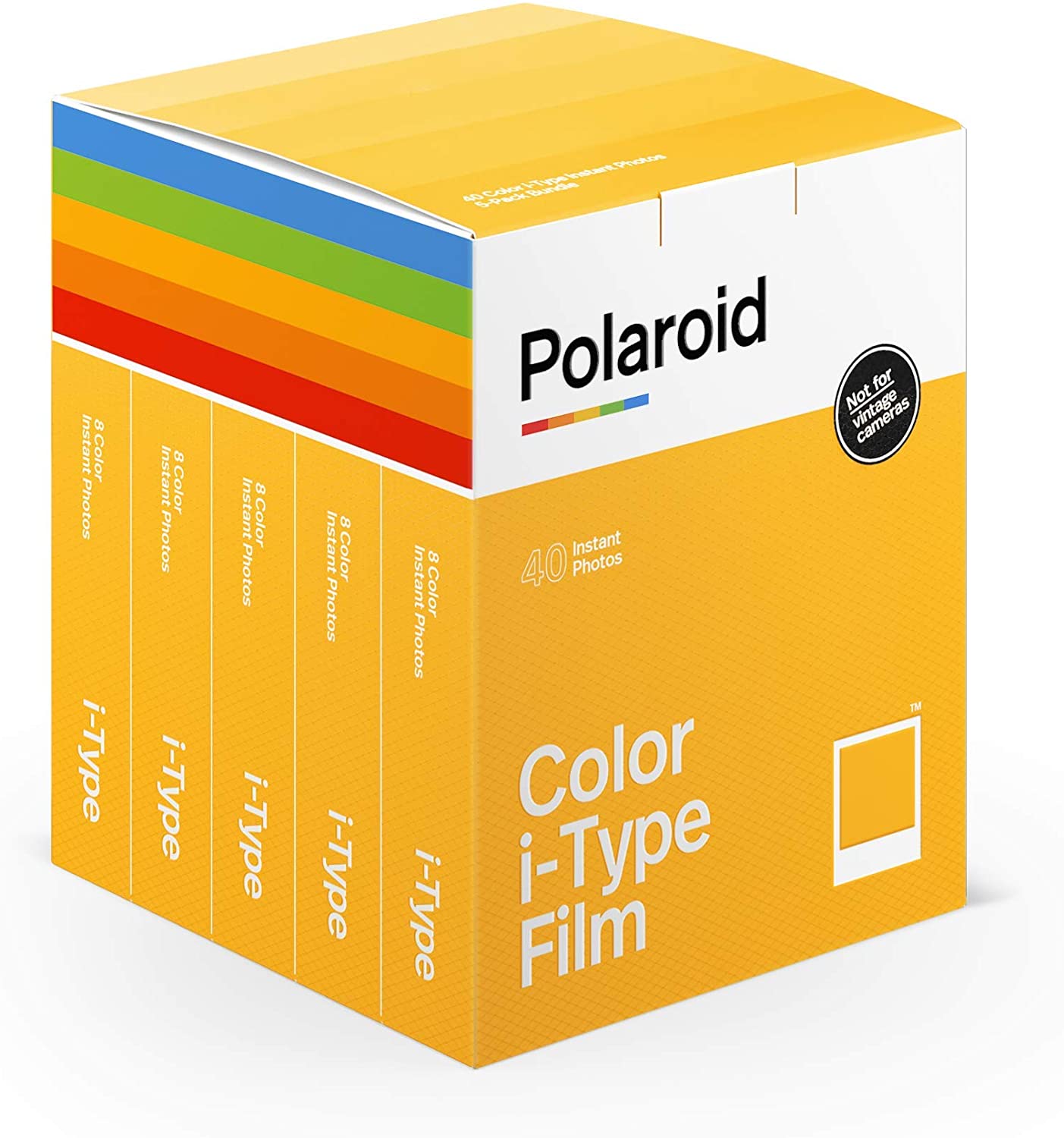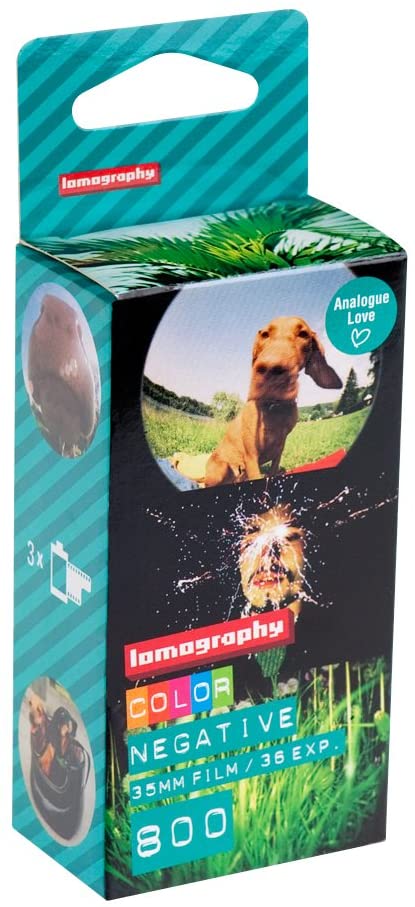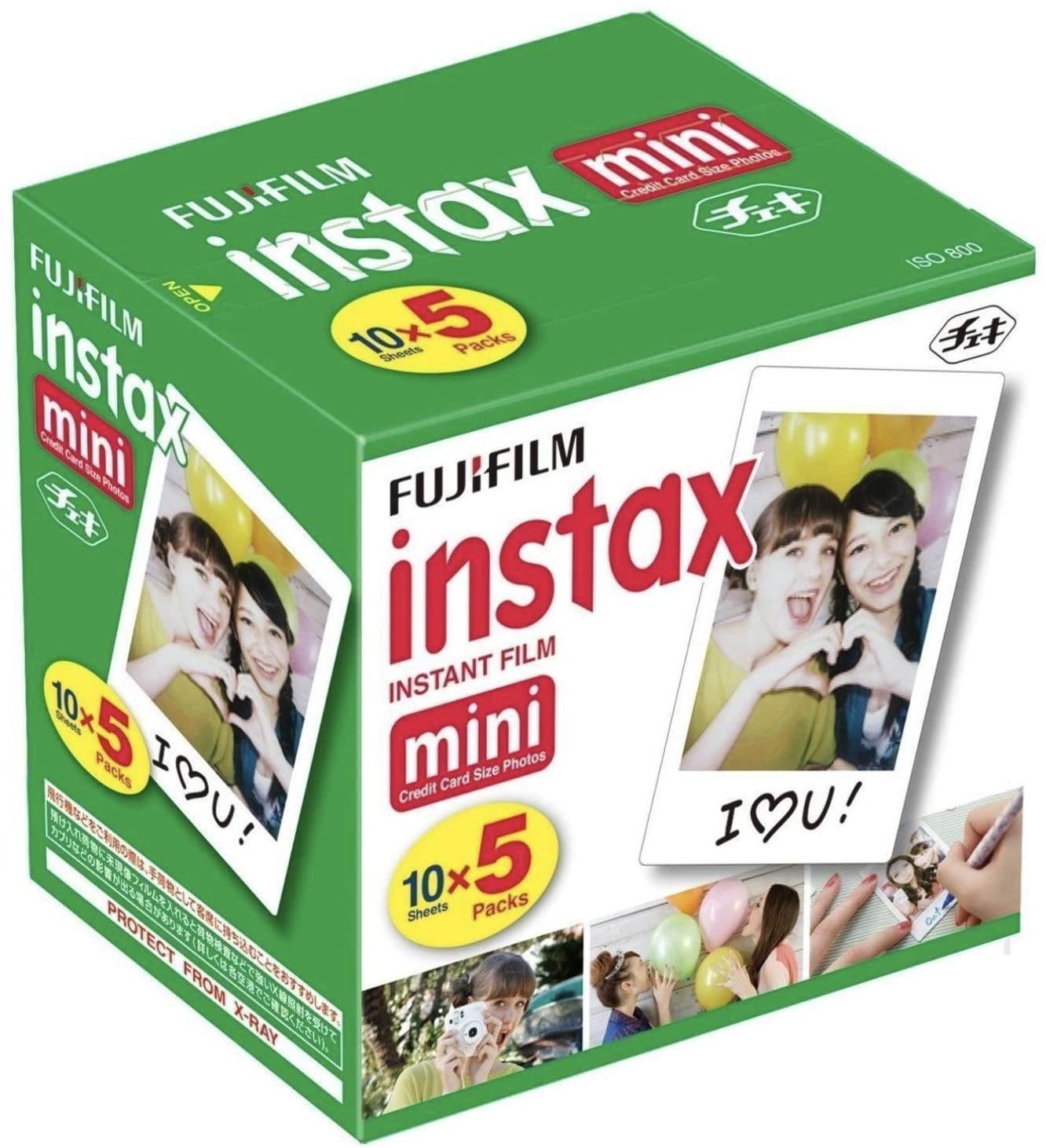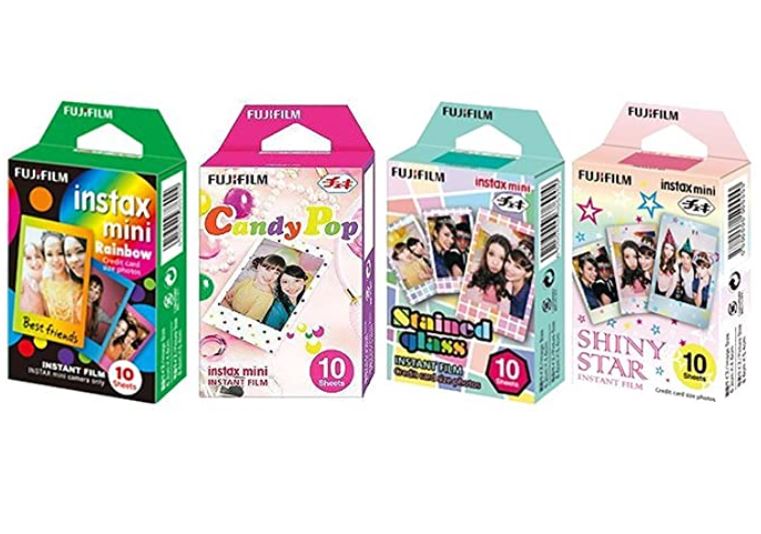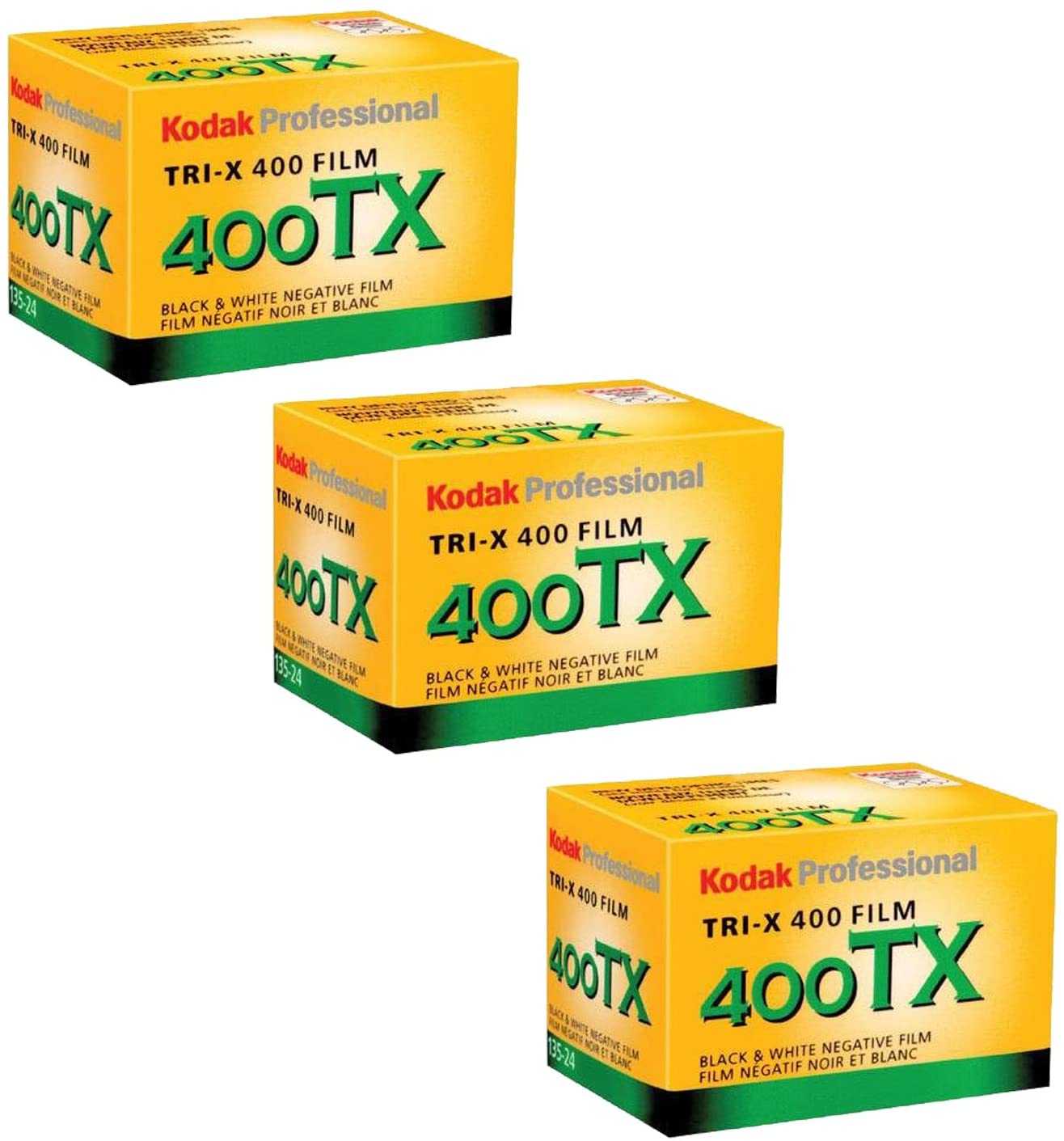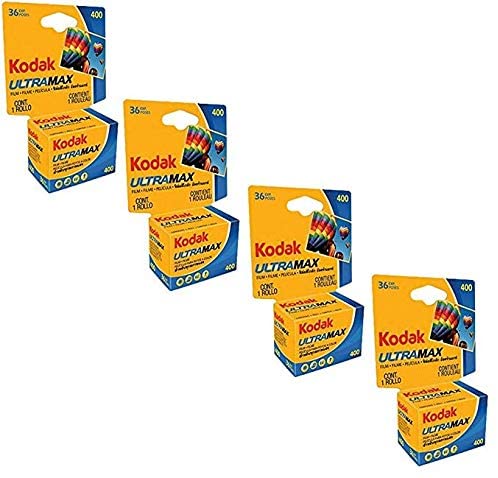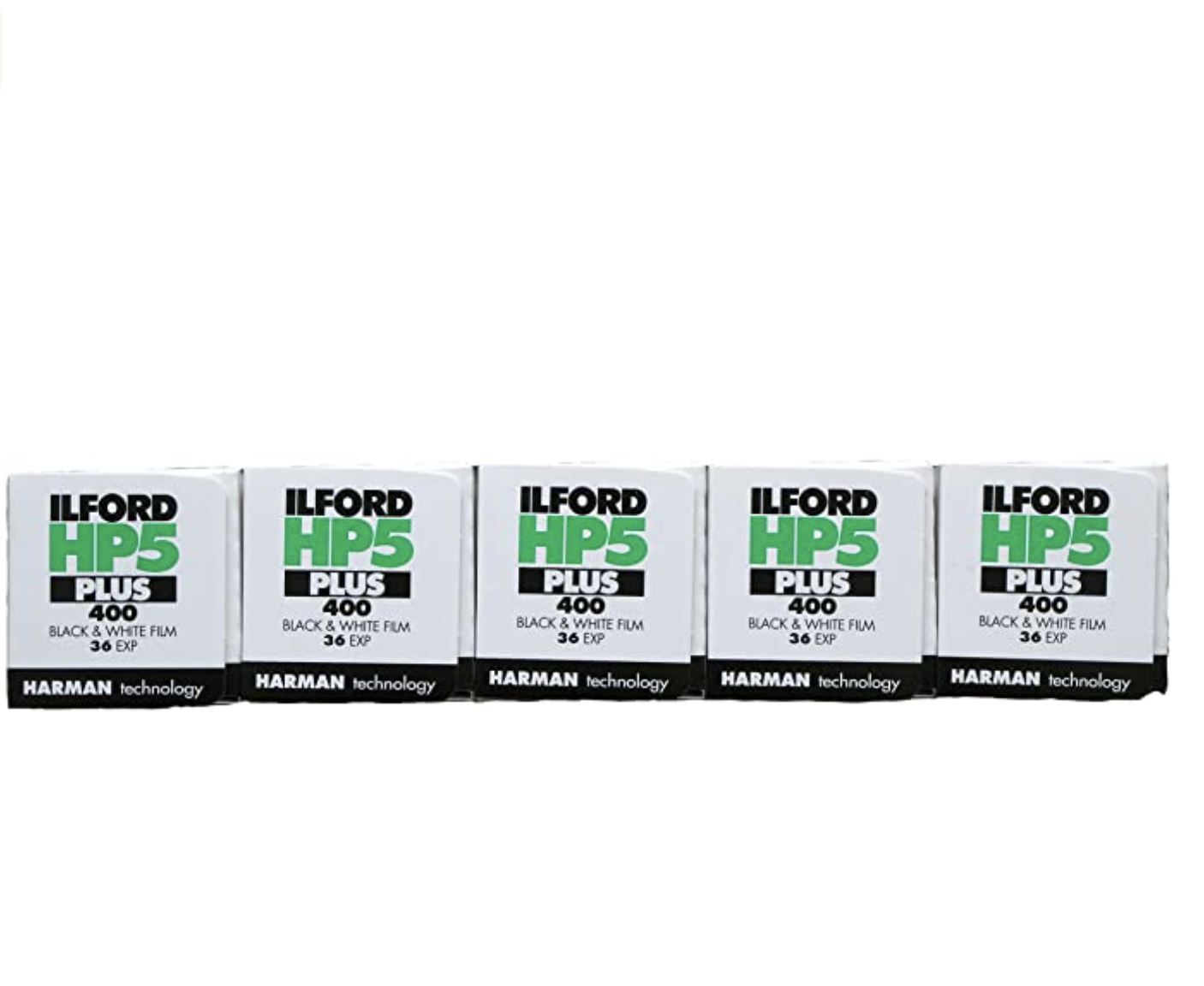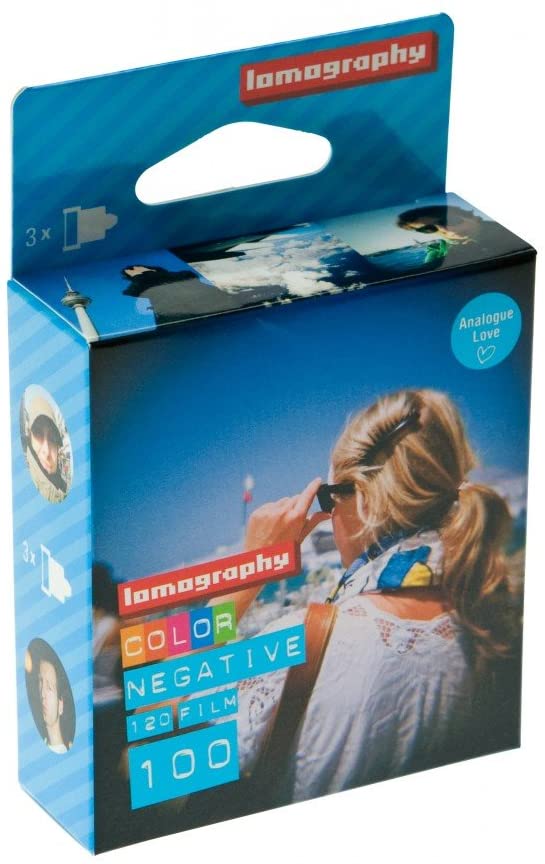Polaroid Originals Color 600 Quick Develop Film, 2-Pack
Last updated: March 23, 2022
You'll get two packs of full-color 600 film, giving you instant 16 photos total. Each photo takes approximately 15 minutes to develop, and you'll need plenty of light or a flash to get good quality with these types of cameras. This film is compatible with multiple types of Polaroid cameras, including Polaroid 600, Polaroid Impulse, Polaroid SLR680 and newer Polaroid I-Type OneStep 2 cameras.
We looked at the top Film and dug through the reviews from some of the most popular review sites. Through this analysis, we've determined the best Film you should buy.
Product Details
Key Takeaway: This instant film is for 600 cameras and I-type cameras to give you great color in a classic Polaroid format.
In our analysis, the Polaroid Originals Polaroid Originals Color 600 Quick Develop Film, 2-Pack placed 9th when we looked at the top 9 products in the category. For the full ranking, see below.
